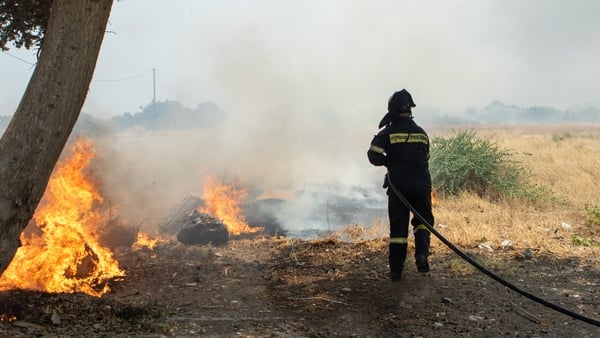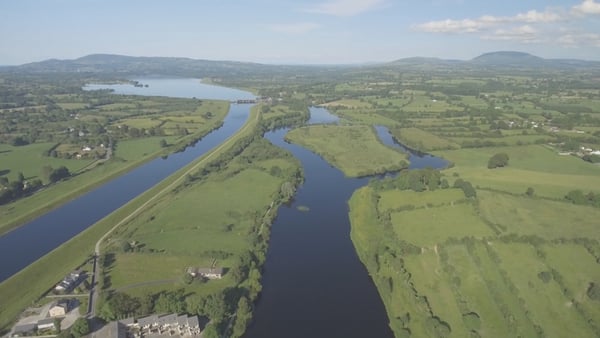The Citizens' Assembly on Biodiversity Loss has been told that 85% of the habitats protected under EU nature laws in Ireland are in an unfavourable status and that the status of almost one third of the species that are to be protected by those laws is inadequate or bad.
The assembly, which was meeting in Malahide this weekend, also heard that there is huge confusion among the public about what habitats and species are protected by law, where they are, and who is responsible for enforcing the law.
Dr Andy Bleasdale, a Director of the National Parks and Wildlife Service, explained that out of 209 bird species whose population trends have been monitored in Ireland, 28% have decreased over the past 12 years.
This represents an acceleration in the rate of decline.
He said the main threats and pressures on biodiversity are caused by certain agricultural practices, urban and other developments, water pollution, poor forestry decision, the extraction of resources, and invasive alien species.
Shirley Clerkin, Heritage Officer with Monaghan County Council told the Assembly that the length of hedgerow in her county has declined by 9% over the past 10 years, and that 88% of hedges are in an unfavourable condition - up from 73% in 2010.
There have also been declines in the species richness of Monaghan’s hedgerows and in semi-natural grassland adjacent to hedges.
Ms Clerkin explained that Monaghan County Council has 714 wetland sites on its database but that in 524 cases these sites are negatively impacted or threatened agriculture, forestry, mining, transport corridors, urban development pollution, invasive species, and other modifications to natural systems.
She listed areas of confusion in relation to biodiversity in Ireland including what was protected and where, who is responsible for enforcing legislation, does nature have rights to survive, and the burden of proof.
Dr Bleasdale said the main challenges relating to biodiversity policymaking in Ireland concerned the resources and capacity of agencies and departments, coherence across Government, the provision of appropriate incentives for landowners to look after biodiversity and nature, and the need to strengthen enforcement procedures.






